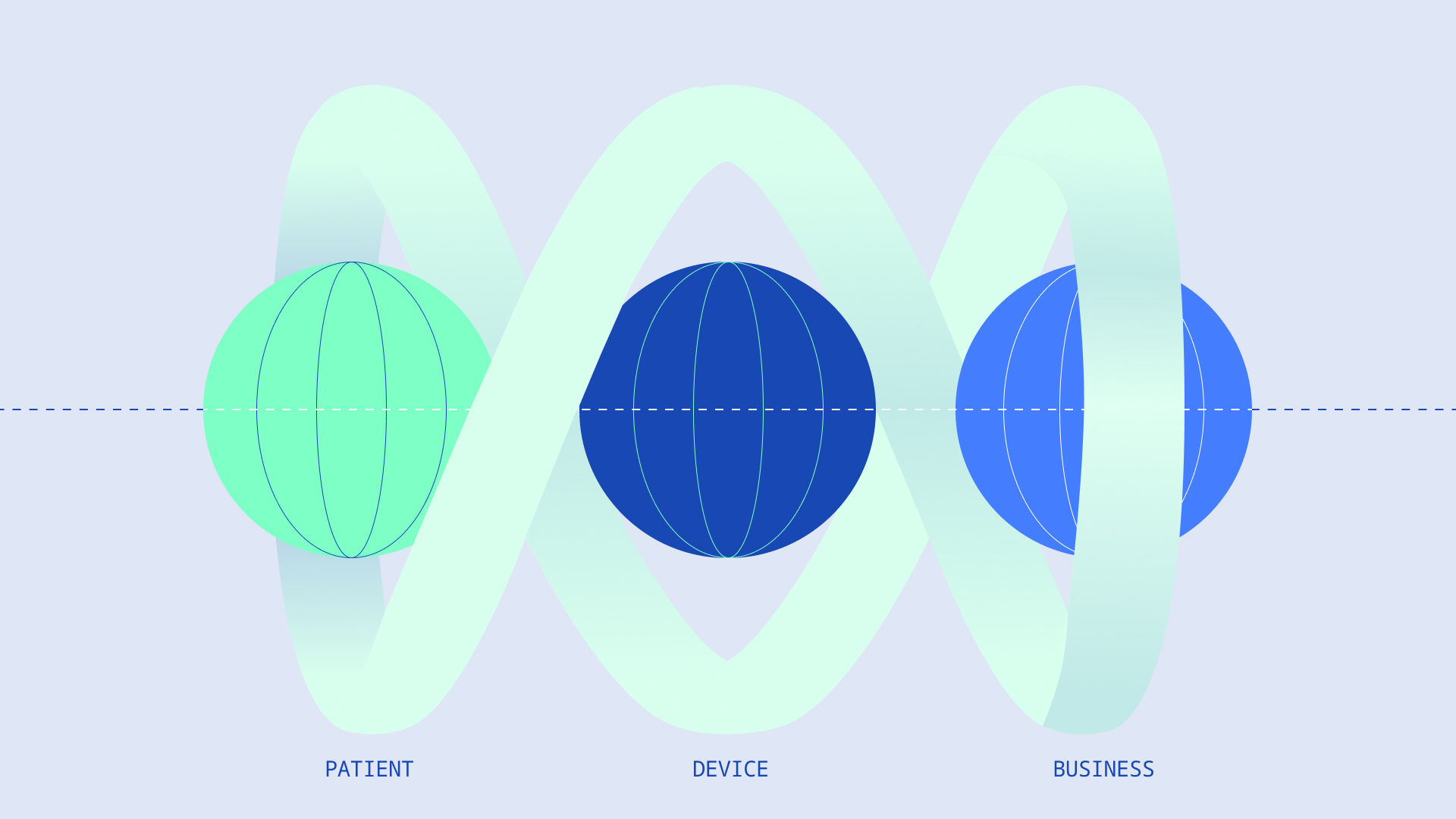In today’s rapidly evolving business landscape, the pervasive influence of innovative technologies is reshaping how companies approach different business aspects. This influence is particularly notable with tools powered by artificial intelligence (AI). AI code generators, or tools that use AI algorithms to automate the process of writing and reviewing code, are no exception. With emerging AI coding solutions on the market promising increased productivity, improved code consistency, faster outputs, and error reduction, the adoption of these tools is on the rise among companies across industries.
With the large number of tools available on the market, choosing a suitable tool can be difficult. There is no one-size-fits-all solution, and companies are sometimes not sure what they are looking for. Before integrating an AI code generator into its software development life cycle, companies should assess the tool’s potential benefits and risks, applicability to intended use scenarios, and alignment with business goals. Let’s examine the key factors you should consider when adding an AI coding tool to your company’s technology ecosystem.
Security and privacy
When choosing an AI code generator, questions of safety, security, and compliance rise to the forefront. With evolving AI regulations that penalize misuse and are likely to constrain usage, it’s natural for businesses to be extra cautious about making a similar mistake. There’s also a concern about cybercriminals feeding malicious code to AI generators during the training process, when these tools are exposed to vast datasets.
Given these concerns, businesses need to take a close look at the privacy and security policies of their tools of interest. Key considerations should include how the given software handles and stores user data, whether the tool’s output contains copyrighted content, and how compliant it is with GDPR, HIPAA, SOC2, ISO 27001, and other standards relevant to the industries a company operates in.
It’s important to note that privacy and security options may differ depending on the service tier of a particular tool, so organizations should pay special attention to these differences before making a choice.
Output quality and development team structure
AI code generators do particularly well with pattern-based, repetitive tasks. With excellent proficiency at handling boilerplate code, these tools can automate basic tasks, accelerating the development process and allowing developers to focus on more complex aspects of software development.
Still, as these tools aren’t infallible and errors may occur, they are most efficient when used with human oversight and validation. For this reason, companies that consider including these tools in their workflows should ensure their development teams are well-balanced, with more experienced engineers available to validate AI-generated code and solve the complex coding challenges that generator tools can’t handle.
Factors such as vendor reputation could be a good starting point when thinking about a tool’s output quality. Publicly available stats can also help narrow down your choices. Depending on the task performed, accuracy can vary – and until these tools are fully adopted and assessed, it’s advisable to restrict their usage to less business-critical tasks. Once the quality is evaluated by analyzing a tool’s performance with these less critical tasks, companies might consider applying it for more demanding tasks.
Pricing models
AI code generator pricing plans should be considered in relation to your company’s size, budget, and intended use scenarios. Most choices on the market offer a free tier — which usually means limited functionality and a lower security/privacy rating. Therefore, free tiers are more suitable for generating lower-risk code, i.e., code that’s not crucial for performance and security. Smaller teams can use them for basic automation tasks, like generating code snippets and templates that can be easily reused. Some tools offer a free 30-day trial, during which organizations can assess its performance and consider buying a paid version.
Due to functionality limitations in free plans, enterprises that need robust and secure solutions should opt for enterprise-tier plans. Based on your company’s unique needs and engineering team size and structure, you could consider purchasing a limited amount of user licenses for junior-level developers or making the generator tools available to the entire engineering department.
Companies should also review the cost of add-ons and other features when considering a code generator tool’s total cost.
Industry-specific factors
Thanks to their ability to automate and accelerate basic coding and quality assurance tasks, AI code generators are a useful addition to organizations’ tech stack across industries. To maximize their benefits, it’s important to consider the unique needs of your industry.
Like any AI-powered technology, AI code generators excel at handling large amounts of data. This makes them particularly useful for businesses relying on vast data sets, such as those in the healthcare, finance, and retail sectors.
Still, these businesses also require high levels of compliance, accuracy, and real-time data availability. Let’s see what companies in these industries should consider before opting for an AI code generator.
Healthcare
In the healthcare sector, patient service providers can use AI code generators to accelerate and optimize processes related to medical records management, medical image processing, and personalized treatment plan creation. Since this sector is heavily regulated, businesses must make sure the tools they leverage are compliant with relevant standards. Development teams should focus on tools that are HIPPA-compliant and provide GDPR protection.
Finance
For finance and insurance organizations, immediate access to accurate data is critical. AI code generators can automate the development of trading algorithms and optimize them based on historical data, market trends, and real-time information. In addition, they can automate the development of predictive analytics models for fraud detection, credit scoring, and customer behavior analysis.
Speed and accuracy are paramount to carrying out these tasks successfully, so businesses should look for tools that excel in these aspects. Tools generating code based on vast repositories of open-source code and robust machine learning (ML) algorithms are a good choice as they provide high-quality code suggestions. Security and compliance are equally important, so organizations in the finance and insurance domains should opt for tools with comprehensive privacy and security policies that provide compliance with relevant industry standards, such as the Payment Card Industry Data Security Standard (PCI DSS).
Retail
In retail, customer loyalty and engagement are becoming increasingly dependent on personalization. Research shows that 86% of consumers say that personalized experiences increase their loyalty to brands. On the other hand, 66% would quit a brand if their experience isn’t personalized. Tailoring product offerings to individual shoppers via recommendation engines enhances the shopping experience, fosters stronger connections between customers and brands, and drives growth.
Personalization at scale, especially for brands with large customer bases, can be challenging, but leveraging AI code generators can simplify and accelerate this effort. If scalability is a concern with your retail business, look for an AI code generator that offers robust enterprise-level support. In addition, tools that enable seamless integration with major cloud services providers are an excellent choice for e-commerce platforms leveraging cloud for hosting, data analytics, and scalability.
Choosing with confidence
Research shows that generative AI is expected to become a $1.3 trillion market by 2032. The AI coding tool market reflects this forecast, with a projected compound annual growth rate (CAGR) of 22% for AI by 2032.
With so many tools available, the amount of choice can become overwhelming. As new tools emerge and the existing solutions evolve, developing assessment criteria specific to your organization’s needs can help you choose and implement the right tools.
To help you make an informed decision, HTEC’s team of AI, ML, and data experts has prepared a comprehensive analysis and report of twenty-six major AI coding solutions currently available on the market. From the quality of output to feature sets, trustworthiness, support, and pricing, the report provides valuable insights for businesses across industries looking to improve their software development processes and enhance productivity by adding AI coding tools to their tech stack.





